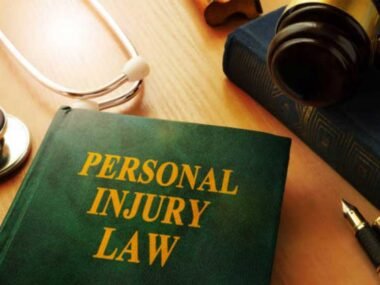Situated in the Mojave Desert and encircled by mountain ranges in southeast Nevada, Las Vegas is renowned for its energetic way of life. Like anywhere else, legal issues such as product liability can arise. Product liability refers to manufacturers, distributors, or sellers’ responsibility when defective products cause harm. Both companies and customers alike need to know this area of the law. Viewing actual incidents can help give insight into how product liability operates and affects people’s daily lives.
Defective Design
When a product’s design is inherently flawed, it can cause widespread harm even if adequately manufactured. A prominent case in product liability is the Takata airbag recall. These airbags, installed in millions of vehicles, were prone to explosive deployment, sending shrapnel into passengers. This incident exemplifies how a design defect creates a systemic risk, leading to personal injuries and fatalities. Courts ruled that Takata Corporation was liable for negligence in designing the airbags, highlighting the critical role of safety assessments in product development.
Manufacturing Defects
A product liability attorney in Las Vegas would point to the 2015 Blue Bell Creameries case as a prime example of manufacturing defects. Despite a safe design, contaminated ice cream from unsanitary production facilities led to a deadly listeria outbreak. This case highlights the critical importance of rigorous quality control in manufacturing. As Blue Bell did, companies that fail to maintain proper standards can face severe legal and financial consequences. Las Vegas attorneys specializing in product liability often use such cases to illustrate the potential ramifications of manufacturing negligence.
Insufficient Labeling on Hazardous Items
Manufacturers must provide adequate warnings about their products’ potential risks. Neglecting to do so may result in dire repercussions. One such case involved Johnson & Johnson and its talcum powder products. The plaintiffs contended that the company failed to sufficiently alert customers to the possible connection between talc and ovarian cancer.
The lawsuits resulted in multimillion-dollar settlements, emphasizing that companies must communicate potential hazards. This example demonstrates the consequences of withholding critical safety information from consumers.
Breach of Warranty
Breach of warranty involves failing to meet the terms of a product’s express or implied promises. Customers may have grounds for a product liability claim under breach of warranty, for example, if a smartphone promoted as water-resistant breaks down after only a tiny amount of exposure to water.
A notable example is Apple’s settlement in a case where customers alleged that iPhones were more vulnerable to water damage than advertised. This highlights how misleading claims or unmet guarantees can expose companies to liability.
Legal Theories Behind Product Liability
Three legal theories are commonly used to support product liability claims: strict liability, carelessness, and breach of warranty. Negligence arises when a party needs to exercise reasonable care in a product’s design, manufacture, or labeling. Strict liability holds a manufacturer or seller accountable for defects, regardless of their care level. Breach of warranty addresses a failure to uphold promises about a product’s performance or safety.
Final Thoughts
It is easier to understand the legal obligations of manufacturers, distributors, and sellers when product liability is explained through examples. Real-life cases highlight the nuances of strict liability, negligence, and breach of warranty, illustrating how consumer protection laws function in practice. These examples underscore the importance of ensuring product safety to prevent harm and legal disputes. Examining these circumstances, companies and customers can more effectively manage their responsibilities and legal rights, encouraging responsibility and making well informed choices regarding the usage and manufacture of products.










